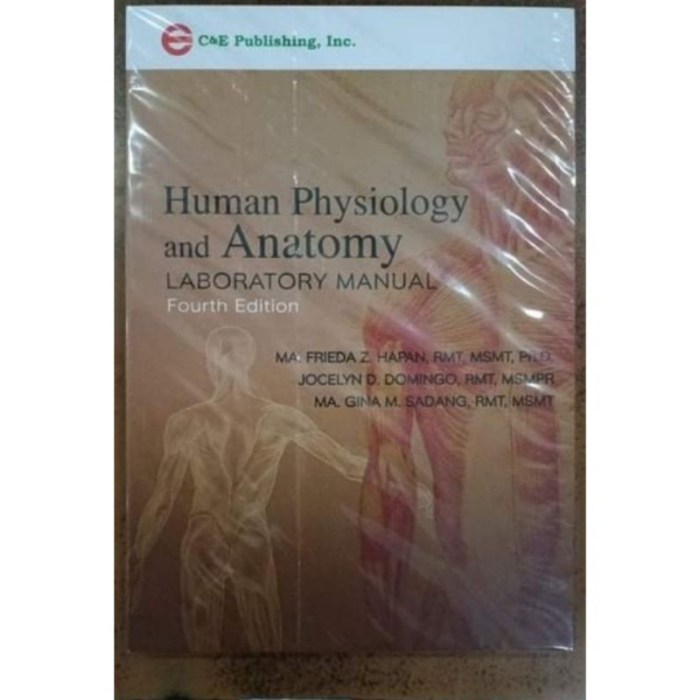The answer key for anatomy and physiology lab manual serves as an indispensable guide, empowering students and instructors alike in their pursuit of anatomical and physiological knowledge. This comprehensive resource not only provides accurate solutions but also fosters a deeper understanding of complex concepts, promoting academic integrity and scientific inquiry.
The answer key for anatomy and physiology lab manual typically encompasses detailed explanations of experimental procedures, precise measurements, and insightful interpretations of results. Its well-organized structure facilitates quick referencing, allowing users to swiftly verify their understanding and identify areas for further exploration.
Definition and Purpose
An answer key in the context of a lab manual refers to a set of correct or model responses for the exercises and questions included in the manual. It provides students with a reference to check their work, identify errors, and assess their understanding of the concepts being taught.
The primary purpose of an answer key for anatomy and physiology lab manuals is to facilitate learning and provide guidance to students. By comparing their answers to the provided solutions, students can identify areas where they need further study or clarification.
Content and Structure: Answer Key For Anatomy And Physiology Lab Manual
An answer key for an anatomy and physiology lab manual typically includes solutions to:
- Multiple-choice questions
- True/false questions
- Short answer questions
- Essay questions
- Lab exercises
The answer key is usually organized in a sequential manner, corresponding to the order of the exercises and questions in the lab manual. It may also include additional information, such as explanations or references to relevant textbooks or online resources.
Benefits and Limitations
Benefits:
- Provide immediate feedback to students
- Facilitate self-assessment and identify areas for improvement
- Reinforce learning and enhance understanding
- Save time for instructors by reducing the need for individual feedback
Limitations:
- Potential for over-reliance on the answer key, leading to reduced effort and critical thinking
- May not address all possible variations in student responses
- Can be a source of academic dishonesty if used inappropriately
Ethical Considerations
The use of answer keys in lab settings raises ethical concerns, particularly regarding academic dishonesty and plagiarism. Instructors should:
- Emphasize the importance of academic integrity and the consequences of plagiarism
- Provide clear guidelines for the use of answer keys, such as allowing their use only after completing the lab exercise
- Encourage students to use answer keys as a learning tool rather than a substitute for their own understanding
Best Practices

- Use answer keys in conjunction with other assessment methods, such as quizzes and exams
- Provide answer keys only after students have completed the lab exercises
- Encourage students to use answer keys to identify areas for improvement and further study
- Discuss the ethical implications of using answer keys with students
Alternative Assessment Methods
Alternative assessment methods that can complement or replace answer keys include:
- Peer review of lab reports
- Oral presentations
- Practical demonstrations
- Portfolios of student work
Advantages:, Answer key for anatomy and physiology lab manual
- Promote critical thinking and problem-solving skills
- Encourage collaboration and peer learning
- Provide a more comprehensive assessment of student learning
Disadvantages:
- Can be time-consuming to implement
- May require additional training for instructors and students
- May not be suitable for all lab exercises or learning objectives
Query Resolution
What is the purpose of an answer key for an anatomy and physiology lab manual?
An answer key provides accurate solutions and explanations for lab exercises, aiding in self-assessment, reinforcing concepts, and promoting academic integrity.
How is an answer key typically organized?
Answer keys are usually structured according to the lab manual, with sections corresponding to each experiment, ensuring easy navigation and quick referencing.
What are the benefits of using an answer key in an anatomy and physiology lab setting?
Answer keys enhance learning by providing immediate feedback, promoting self-directed study, and fostering a deeper understanding of anatomical and physiological principles.